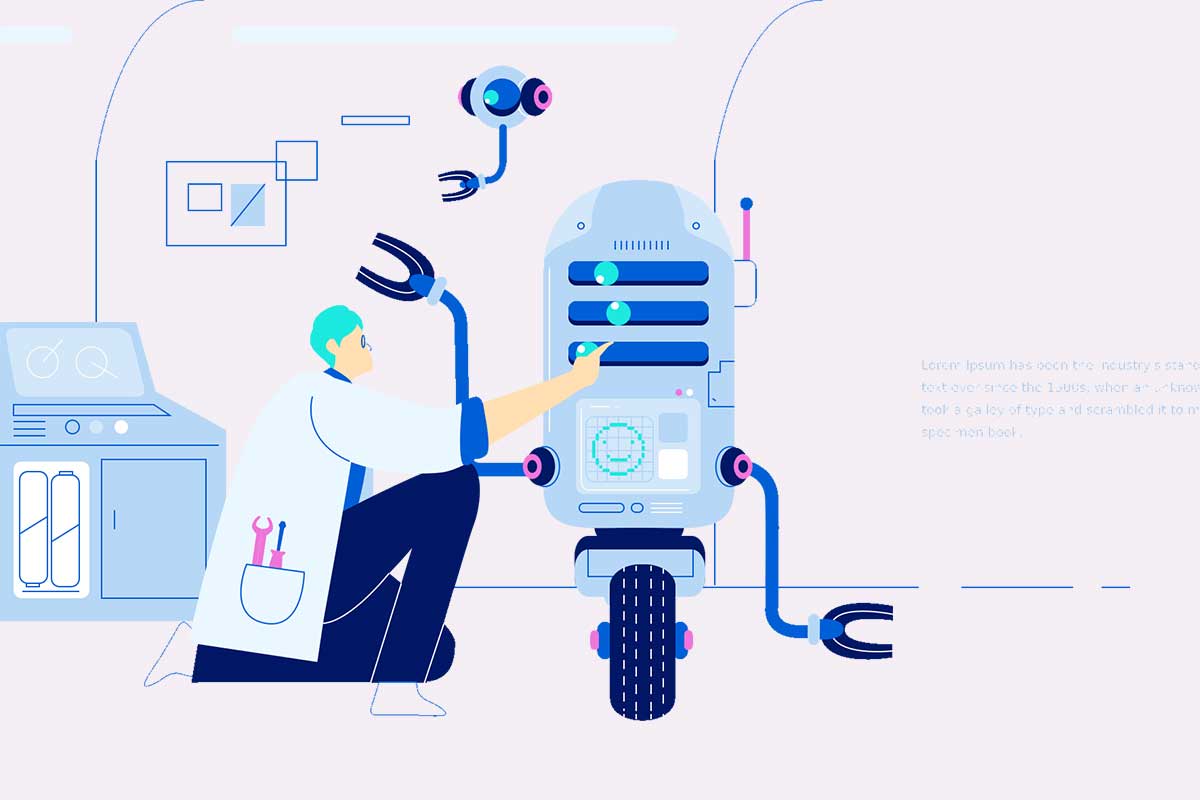
Semi-Supervised Learning
Semi-Supervised Learning falls between supervised and unsupervised learning. It uses a small amount of labeled data along with a large amount of unlabeled data during training. This approach is useful when labeling data is expensive or time-consuming.
The model learns from the labeled data and simultaneously extracts patterns from the unlabeled data to improve its performance. Semi-supervised learning is particularly effective when the labeled data is scarce but the unlabeled data is abundant.
Techniques commonly used include:
Self-training: The model is initially trained on labeled data, then it predicts labels for the unlabeled data, which are added back to the training set.
Co-training: Multiple models are trained on different views of the data, helping each other improve.
Graph-based methods: Building graphs to model relationships between labeled and unlabeled data points.
Applications of semi-supervised learning include speech recognition, text classification, and medical image analysis.
